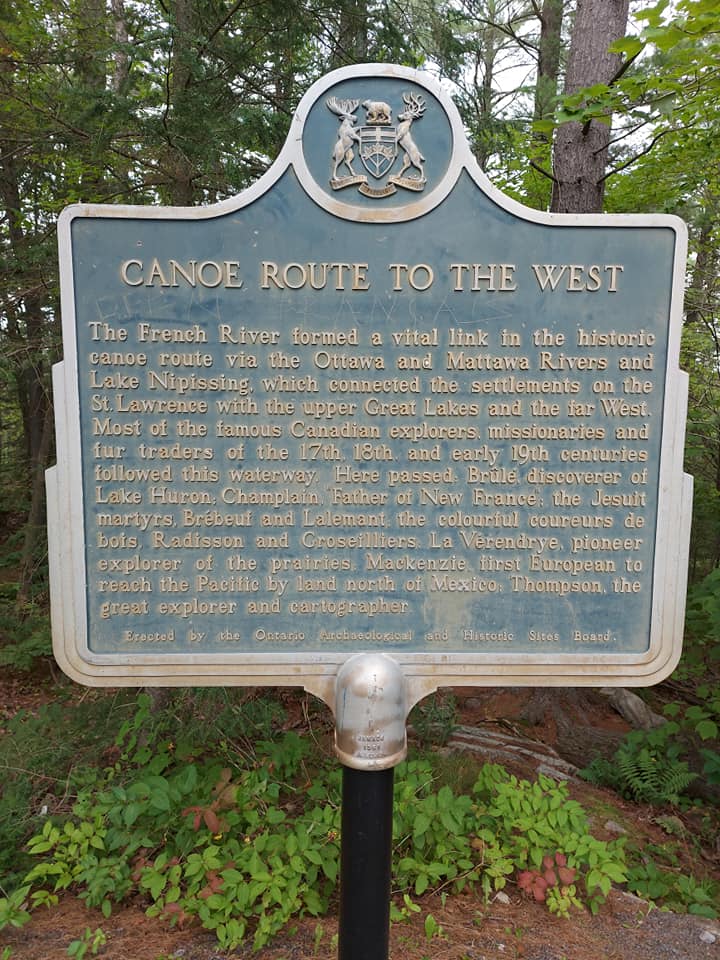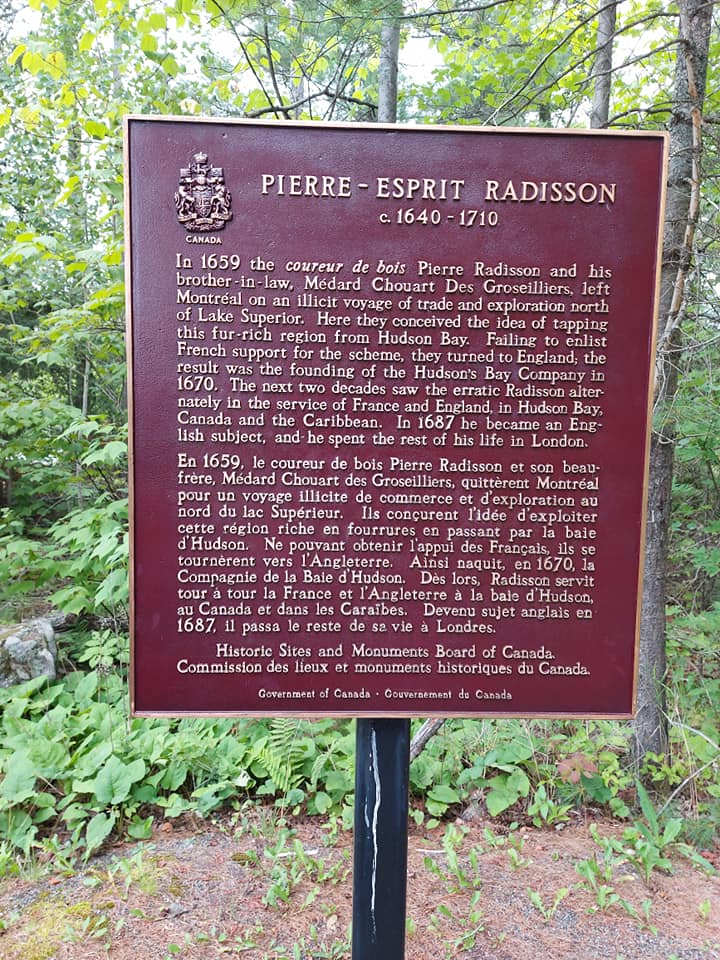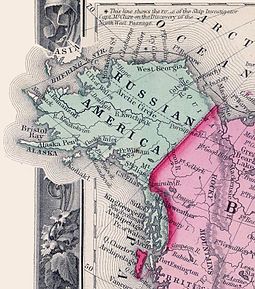Canadian History With New Eyes: The Dark Ages?
The Dark Ages & the French Wars of Religion Some time ago, I started to
Home / Rupert’s Land: Part 1 From Fur Trade To Rebellion
Britain’s claim of Rupert’s Land by the Doctrine of Discovery, proved to be one of their most lucrative investment opportunities for the fur trade. That led to expansion of colonization into the heart of North America, giving rise to a level of agricultural production never seen before.
Eventually, the purchase of Rupert’s Land by Canada resulted in its division into the provinces of Manitoba, Saskatchewan, Alberta and the Northwest Territories.
The purchase of Rupert’s Land from Britain was wrapped up in many issues. The process by which Rupert’s Land was incorporated into Canada is full of interesting details and tensions.
There was the threat (real – not imagined) of annexation by the U.S.; there was the issue of allies (the US and Russia) conspiring against their common enemy (Britain), to ‘drive Britain out of North America’; there were the nervous ambitions of a new Prime Minister – Sir John A. MacDonald; there was the struggle for identity by a people living in an area separated from their heritage for almost 200 years, who felt the need to be recognized as equal subjects of the Crown (the Metis); and there was the case of too much enthusiasm (for land surveying) and not enough wisdom resulting in chaos and political uprising in the Red River valley.
The Hudson’s Bay Company began in the late 1660’s when 2 French explorers Medard Chouart des Groseilliers and Pierre-Esprit Radisson desired to set up trading posts on what is now Hudson’s Bay. They could not get the French government’s support (under Louis XIV), and the demand for beaver pelts was growing, with French traders finding it difficult to get to areas above Lake Superior to Hudson Bay.

These French explorers took their business proposal to a group of entrepreneurs and noblemen in England, which included the king’s cousin, Prince Rupert. The group was interested in this venture and took the idea to King Charles II. The king was persuaded to invest in the venture.

In 1668, the investors returned to the American continent with one ship (the Nonsuch) and they traded with the Cree at James Bay. They went back to Britain laden with pelts. So began Britain’s foray into the North American fur trade.
In 1670, by Charter of King Charles II, they formed a company called, ‘Companies of Adventurers of England Trading into Hudson’s Bay. He gave them a royal Charter to do business in this area which was named in honour of the king’s cousin – Prince Rupert – who was the first governor of Hudson’s Bay Company.
The Charter gave the merchants the rights to trade and colonize all lands with rivers flowing into Hudson Bay (which is based on the Doctrine of Discovery. See the blog “Follow the Rivers” for an explanation of this).
Rupert’s Land included what is today Western Quebec, Labrador, NW Ontario, Manitoba, most of Saskatchewan, South and Central Alberta, part of the NW Territories and Nunavut. It also included Montana, North and South Dakota and small sections of Minnesota.
In effect, Rupert’s land stretched from the Atlantic in the East to the Rocky Mountains in the West and from the Prairies in the South to the Arctic Circle in the North. The southern border was the drainage divide, between the watershed for the Saskatchewan and the Mississippi River.
The Canadian border to the South was changed only in 1818 by The London Conference, which designated the 49th Parallel to be the boundary between the US and Canada.
For just over 200 years, from 1668-1870, Rupert’s Land was the exclusive domain of the Hudson’s Bay Company. Over that 200 years, trading posts were built on almost every major river.
The first trading post of the Hudson’s Bay Company, was Cumberland House on the Saskatchewan River. By 1870, when Manitoba became the first Province from the newly-purchased Rupert’s Land, in the newly-minted Dominion of Canada, there were 97 such trading posts.
When the English established forts, the Cree, Assiniboine and other Natives acted as suppliers and middlemen to the traders. This brought about a drastic change in the lifestyle of the Natives. With such close interactions, the Natives were introduced to guns, alcohol and the trappings of British life.
Because of the Fur Trade, Anglican and Roman Catholic missions spread. Intermarriage between the Europeans and the Natives gave rise to a new breed of people – The Metis – settling mainly in the Red River valley, at Winnipeg. Winnipeg also became the frontier colony for Scottish immigrants in 1811.
1867 was a pivotal year of change affecting the trajectory of the future of Rupert’s Land.
In July of 1867, a new nation was born out of four eastern British colonies: The Dominion of Canada. It became a distinct nation, but within the British Commonwealth. And, in October of 1867, Alaska was purchased by the US from the Russians.
Both Russia and the US saw Britain as their enemy. Individually, and for different reasons, they both wanted to oust Britain from North America. This was also seen as a threat by Canada.
The Russians thought that once Alaska was owned by the Americans, this sale would weaken Britain’s power and would cause British Columbia and the British Navy base at Victoria Island to be either surrounded or annexed by America.

Expansion of the Dominion:
With the American purchase of Alaska, Canada’s Prime Minister, Sir John A. Macdonald, was anxious to have Rupert’s Land annexed to the new Dominion of Canada to prevent its annexation by the US.
If he was successful, he could expand the Dominion both North and West, bringing about the prophecy in the country’s motto, “He shall have Dominion from sea to sea”’ (Psalm 72:8), and strengthening Canada’s presence in North America alongside the United States. But the Prime Minister’s aspirations for Rupert’s Land led to the first crisis in the new Dominion, the Red River Rebellion, in 1869.
Our next blog will unfold the many problems ensuing before Manitoba was created after the purchase of Rupert’s Land
The Dark Ages & the French Wars of Religion Some time ago, I started to
In many places, like legislatures and schools, the Bible is considered ‘hate literature’. Counseling someone
Britain’s claim of Rupert’s Land by the Doctrine of Discovery, proved to be one of
Dominion Day had been a federal holiday that celebrated the enactment of The British North American Act which united four of Britain’s colonies – Nova Scotia, New Brunswick, Upper and Lower Canada (which became Ontario and Quebec), into a single country within the British Empire, and named that country The Dominion of Canada.